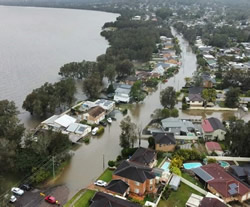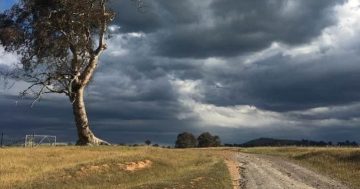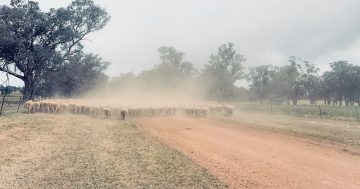 Changes to several ‘climate drivers’ are behind the heavy rainfall along the eastern New South Wales coast recently that has led to major flooding, according to the Bureau of Meteorology (BOM).
Changes to several ‘climate drivers’ are behind the heavy rainfall along the eastern New South Wales coast recently that has led to major flooding, according to the Bureau of Meteorology (BOM).
In a statement, the Bureau said that while the 2021-22 La Niña had ended, there were several other climate influences associated with above-average rainfall in eastern Australia.
“The Bureau’s 2022 winter outlook showed above average rainfall over the coming months, particularly for most of eastern and northern Australia, due to warmer than usual waters around the continent and more moisture-filled air being directed into eastern Australia,” BOM said.
“The July rainfall event was influenced by the Indian Ocean Dipole, likely to become negative in the coming months, and the positive Southern Annular Mode (SAM).”
It said the Indian Ocean Dipole (IOD) referred to the difference in sea surface temperatures between the western and eastern Indian Ocean.
The Bureau said that in an IOD negative phase, warmer waters concentrated near Australia which led to above average winter–spring rainfall as more moisture was available to weather systems crossing the continent.
BOM said the SAM referred to the non-seasonal, north-south movement of the strong westerly winds that blow almost continuously in the mid- to high-latitudes of the southern hemisphere.
“In the positive phase, the SAM directs more moisture-filled air than usual into eastern Australia, driving above average rainfall and more east coast lows in winter,” it said.
“During this recent rainfall event, very warm waters off the Australian coast (21-23°C) provided extra energy and moisture contributing to the deep trough and east coast low, leading to the relative concentration of the heavy rainfall to one 24-hour period.”
BOM said its Campbelltown gauge in NSW (which has more than 30 years of data) recorded its highest ever daily total rainfall amount for any month, while six gauges with more than 100 years of observations had set a record four-day total for July.
It said dozens of gauges from Nowra on the South Coast to Newcastle and the Hunter Valley had set daily rainfall records for July.
Further information on climate drivers can be accessed on the BOM website at this PS News link.






